We’ve taken three of the most popular ecommerce platforms on the market: Wix, Shopify and Squarespace, and taken our microscope to them. So, hopefully, by the end of this comparison, you'll have a better idea of which (if any) of these web builders meet your needs.
Specifically, we’re zoning-in on their: …Then we'll reveal our final verdict. That’s a lot to cover, so let’s make a start. At its most basic, ecommerce store owners want a platform with all the features they need and for those features to be effortless to use. Fortunately, Wix, Shopify and Squarespace, all boast easy-to-use dashboards. From here, you can handle all aspects of your website and online selling. From updating your billing information to editing content to listing products, you can manage it all from one centralized place. That said, let’s take a more in-depth look at each platform’s most notable features: Moving onto Wix‘s features, like Shopify and Squarespace, Wix also provides an easy-to-use dashboard. Similarly, from here, you can overview and manage your entire ecommerce website. For instance, you can fulfill and collect orders, access business insights (sales figures, profits, and so on), oversee customer payments, etc. There's also an app that enables you to manage your Wix store from your mobile device's convenience. This includes tracking and managing inventory, adding new products, sending invoices, processing refunds, scheduling payments, and so on. Other notable Wix features include: Shopify provides everything you need to add products to your online store quickly, customize your site’s look and feel, and import products from a previous ecommerce platform. Try Shopify for 3 months for only $1 per month! Shopify has begun offering a special deal for sellers who sign up for a new Shopify plan. That deal? Pay Shopify $1/month for 3 months of full access to the platform! And that pertains the $29 Basic Shopify Plan, and the $5 Starter Plan. Shopify‘s suite of features is so extensive that we don't have time to list them all here. However, we'll do our best to highlight its most important hallmarks. Shopify's dashboard showcases your core metrics so that they're easily viewable at-a-glance, including: …and so on. Shopify makes adding products to your store effortless. When you add products, there are designated fields for entering: product names, prices, descriptions, and product photos. Simple, right? Other notable Shopify features include: Like Shopify, Squarespace users can overview their entire store from their Squarespace dashboard. From here, you can also track customer behavior, i.e., browsing and purchasing history, review any sites you contribute to, and check order numbers and sales figures. However, unlike Shopify, whose primary focus is ecommerce, Squarespace’s main objective is website design. While anyone can use Squarespace, it's safe to say this platform's primarily aimed at designers, artists, photographers, and other types of creatives. In comparison to Shopify, it’s undoubtedly less store-oriented. One of Squarespace's most notable features is its visual editor. This works wonders for tweaking images – especially if you want to use advanced filters and effects. That said, below, we've outlined some of Squarespace's other core features: Although we’ve touched on web design and templates above, we’re going to look at these in a little more detail. After all, a poorly designed storefront that’s hard to navigate and ugly to look at will send customers running for the hills. So it's vital to get it right! That said, let’s explore what Shopify, Squarespace, and Wix offer in this department: Out of all three platforms, with over 800 themes on offer, Wix has the most extensive collection of templates – hands down! Like Shopify and Squarespace, Wix categorizes its templates to make it easier for you to find something that suits your online business. Again, the templates are well designed and good-looking. In terms of design quality, there’s little between Wix, Shopify, and Squarespace. There’s no doubt that Shopify’s templates are impressive. There are over 70 themes and templates, ranging from $0.00 to $180. All of Shopify's themes are customizable, clean-looking, and easy to modify. Generally speaking, there's a good use of white space with an emphasis on uncluttered design. You can find Shopify's templates on the Shopify Theme Store. You can filter by industry to narrow your search – for example, food, fashion, and jewelry. Similarly, you can filter your search by design style – for instance, large imagery, minimalist, suitable for small inventories, and grid-style layout. There’s even a Theme Store Community for web design and coding geeks -if that sounds like you, this forum is definitely worth checking out. You can modify the code of Shopify's themes. However, please note: you should only attempt to edit the code if you know HTML, CSS, and Liquid. In comparison to Shopify and Wix, Squarespace offers fewer templates: 60+. However, for what they lack in quantity, their award-winning designs make up for in quality. Squarespace gives you the option of allowing them to match your website with the perfect template. Just select the type of website you’re trying to build, and Squarespace will list a selection of templates that suit your needs. Like Shopify, Squarespace's templates are clean, provide lots of space for big-style photography, and boast a good use of white space. All this combined achieves a minimalist, uncluttered look. All Squarespace templates are customizable, and pages can be reformatted to suit your needs. However, you’ll need access to high-quality, high-res photography when building a Squarespace store, so bear that in mind. There are also plenty of beautiful email templates to choose from, which you can modify using a drag and drop interface. In contrast, Squarespace’s website editor is more section-based, which can be a little harder to pick up. It does, however, provide lots more flexibility for creatives to really let their work shine. You also get access to more advanced design tools like their built-in image editor. This allows you to crop and change the aspect ratio, brightness, saturation, and contrast of your imagery, which far surpasses Wix’s image design options. The same Image editor can even be used on email campaigns, logos, product images, and video blocks. Any ecommerce store owner worth their salt understands the importance of keeping an eye on their pounds, shillings, and pence. This begs the question, how does Shopify, Squarespace, and Wix compare where value for money is concerned? Let's find out: There are three Wix business and ecommerce price plans. Users can also try Wix for free, with no time limit. You'll be pleased to hear that there's a free 14-day trial available. This gives you plenty of time to familiarize yourself with the platform to see whether you want to invest your hard-earned cash into it. Best of all, no credit card's needed, so rest assured you won't experience any surprise charges later down the line. Once your free trial expires, to continue using Shopify, you'll have to opt for one of these paid plans: Squarespace pricing is based either monthly or annually. There’s a 14-day free trial. Overall, the cheapest plan looks to be Shopify Lite. However, this is only an add-on for existing sites. So, you’ll still need to pay the subscription alongside whatever other website builder you're using. On top of this, Shopify Lite comes with lots of feature restrictions. All in all, although Shopify Lite is the cheapest, you'll most likely enjoy better value for money with Shopify's next tier up. What’s attractive with all three platforms is that they all offer free trials, with Wix coming out on top because their free plan has no time limit. On the flip side, Squarespace comes out most expensive, but where web design's concerned, you get what you pay for. The main difference between the three platforms is that with Shopify, you get unlimited products, file storage, and bandwidth on all price plans. Shopify is also distinctly the most scalable. It also offers the most expensive top-tier programs suited to large businesses and enterprises, with a much broader set of premium features. With Squarespace, while you get unlimited storage and bandwidth on all price plans, you can only list products if you have one of the three Business/Ecommerce plans. The personal plan doesn’t allow you to list products. As for Wix, while bandwidth and products are unlimited, storage varies from 20GB, 25GB and 50GB, respectively. Ultimately, to judge which platform offers the best value for money, you'll need to figure out what your needs are and go from there. All three platforms offer apps and add-ons. So, here’s an overview of what’s on offer: The Shopify App Store is extensive. Apps are plentiful and categorized to make browsing much more straightforward. Categories include marketing, sales and conversions, orders and shipping, and reporting. In total, there are 285 free apps and add-ons and 249 that you have to pay for. Squarespace calls their apps and add-ons ‘Squarespace Extensions.' Again, you can search by categories such as sales and marketing, finance and shipping, and fulfillment. But, in comparison to Shopify, the integrations on offer are sparse – to say the least. There are only 24 to choose from! Some come with a one-off cost, some are free, and others have staggering monthly price plans. You have to click through to each app to see their prices. All in all, their filtering option isn't as helpful as Shopify or Wix's. Like Shopify, the Wix app store is called the Wix App Market and boasts a generous array of plugins. Again, you can search by categories such as marketing and sell online. Some apps are free or come with a free trial, while others are paid for. In total, there are more than 250 to choose from. No ecommerce site owner, no matter how experienced, can go it 100% alone. So let's see how these three platforms compare when it comes to customer support: Like Shopify, Wix also offers phone and email support alongside online self-help resources. Help is available 24/7 with priority support for Business VIP customers. Another nifty feature is the help button assigned to every editable element in your site and store. If you’re confused about how something works, you can click the help button while you're editing, and this will take you to the relevant self-help documentation. Customer support is one of the many areas where Shopify excels. With 24/7 phone and live chat support on all plans, plus online self-help materials, including webinars and articles, you're sure to get the help you need in no time! Shopify also has one of the most active ecommerce communities on the web, with loads of step-by-step guides providing information specifically about selling on Shopify. Needless to say, you won’t be short on tips and tricks to succeed with this platform! Unfortunately, Squarespace doesn't offer phone support – which considering its pricing, is very disappointing. However, you can contact their customer service team via email, Twitter, and live chat (operated from Monday to Friday). Alternatively, if you prefer the self-help route, there are plenty of videos and online tutorials to peruse through. Plus, Squarespace regularly hosts webinars on topics like “How to get started with Squarespace” or “Launching your Online Store.” There's also an online forum where you can chat with fellow Squarespace users. No website building review is complete without acknowledging the importance of working with a platform that offers robust SEO optimization. So, let’s take a look at each platform in turn: Wix offers a complete toolkit for users to SEO optimize their store. Like Shopify and Squarespace, its back-end includes server-side rendering, clean URLs, a maintained XML sitemap, and images compressed for accelerated page loading. Its SEO functionality is also built into its dashboard and comes with a Google Analytics and Google Search Console integration. These come in handy if you want to dig deeper and better refine your SEO strategy. Shopify has some nifty built-in back-end SEO features that you can use to optimize your store. Some of the SEO work is automated, so you don't have to bother doing it yourself—for instance, auto-generated canonical tags and themes with built-in social media sharing and linking options. With Shopify’s built-in SEO features, you can optimize your content by editing title tags, URLs for blogs, web pages, and meta descriptions. You can also edit the alt text for your image descriptions. Shopify also integrates with several SEO tools to help you level up your SEO game. A quick peek at their app store tells us there are 127 SEO-related tools available! Some are paid for, while others are free. Shopify also has a really simple to understand blog on this topic aimed at beginners. It covers topics such as keywords and directs users towards some of its tools to enhance your SEO. Shopify’s website also gives you the option to subscribe to videos on SEO optimization. Squarespace also offers a best practice SEO guide on its website, although it assumes a certain level of understanding that beginners may not have. If that sounds like you, then you may be in for a steeper learning curve. The good news is that just like Shopify, Squarespace also has SEO optimization built into its back end. Such as clean HTML markup, SSL certificates, a site map, automatic site redirects, tagging and editing fields for your search engine, Google image-rich search for products, and page descriptions. However, unlike Shopify, there are no SEO apps or add-ons (that we could find) on Squarespace's Extensions store. We’ve now covered most there is to know about all three ecommerce platforms. Each has its own set of advantages and disadvantages. For instance, while overall, Shopify boasts the most ecommerce features, it might not necessarily be the right platform for you, depending on your needs. As such, we’ll take a look at where these platforms really shine so you can identify your priorities at a glance. If you're considering using this business model, you'll want to know what these platforms do to make dropshipping as easy as possible. Let’s see what’s on offer: Shopify integrates with Oberlo (alongside tons of other high-profile dropshipping services, including Spocket, Modalyst, AliExpress – to name a few!). As such, you can connect with thousands of suppliers all around the world. More specifically to Oberlo, the platform boasts features that make selling dropshipped products on social media, your Shopify store, and online marketplaces a breeze. Best of all, there’s a free option you can use to hit the ground running. After that, Oberlo's paid-for packages start at $7.90 a month. Although Squarespace doesn't offer native integration with Oberlo, you can access other dropshipping add-ons like Spocket and print on demand companies, including Printful. Printful is free to use. Spocket also offers a freemium package, with paid-for plans starting at $24 a month. Wix only offers three drop shipping plugins: Printful, Spocket or Modalyst. Although Modalyst comes with a free option, you can’t add more than 25 products. To loosen these restrictions, you'll have to upgrade to a paid-for plan that starts at $35/mo. Overall, where drop shipping is concerned, Shopify rises head and shoulders above the rest. Not only does Shopify provide a vast array of dropshipping plugins, but the platform also offers plenty of dropshipping guides that are simple to follow. Overall, all three platforms offer excellent built-in SEO. If there's one downside worth mentioning, it's that Squarespace’s self-help SEO materials assume a certain level of technical understanding that not all users will have. Although it's a close call between Wix and Shopify, Shopify steals the win again. Its automated SEO features, the sheer number of SEO apps available, and the granular control you have over product details make Shopify victorious. That said, while SEO isn't as easy to master with Shopify as it is with Wix's SEO wizard, Shopify's thriving community and many self-help guides will undoubtedly point you in the right direction. Shopify is geared towards all kinds of entrepreneurs and businesses, whereas both Squarespace and Wix market themselves specifically towards small businesses. While Wix is ultimately the most user-friendly option, we would still recommend Squarespace as the best choice for small businesses. Squarespace‘s suite of web design tools is astonishing. They genuinely provide everything a small business could need so that their website stands out from the ever-crowded market. This is especially true of creative brands looking to communicate what they do and entrepreneurs looking to launch a smaller, more manageable store alongside their website. In short, Squarespace strikes an excellent middle ground between ease of use and providing a wealth of features, making it the perfect choice for small, creative businesses. If you already own a brick-and-mortar store and you’re looking to expand your business online, you might be curious about which of these platforms will complement your day-to-day business best. If you’re running an established physical shop and you're able to bring your customer base online, Shopify's your best bet. Shopify comes with its own free point of sale (POS) app, enabling you to sync all your offline and online inventory from the convenience of a centralized system. If you're running a more extensive operation, Shopify boasts the functionality to manage several store locations. If you’re entirely new to selling online or even managing a website, you may prefer to go with the most intuitive platform. For this purpose, Wix is our recommendation. Wix is both affordable and incredibly easy to use for beginners. Its popular drag-and-drop website editor makes web design a breeze. You don’t need to worry about coding or more complex editing. Wix doesn’t come with as many features as its competitors, but this helps keep it simple and even fun. As such, Wix is best suited to anyone who's intimidated by launching a website and/or online store. Wix does all it can to make the journey as simple as possible so you can channel the majority of your attention to converting your first customers. With so many ecommerce platforms on the market and reviews to complement them, it can be a confusing world. We’re not going to push you in any one direction. It’s your store; only you know your capabilities and what you need from your platform to bring your vision to fruition. However, suppose you really asked us to choose. In that case, we’d go for either Shopify or Wix because both have tons of features, they're affordable, their customer support is comprehensive, and their app stores are more extensive than Squarespace. Let us know which ecommerce platform you’ve chosen and how you're getting on with it. Have you opted for any of the three platforms we've reviewed here? Or are you considering alternatives like BigCommerce, Weebly, WordPress, and WooCommerce? Either way, We'd love to hear from you!
Shopify vs Squarespace vs Wix: Features
Wix Features
Features
9/10
Ease of Use
10/10
Pricing
8/10
Templates & Design
9/10
Inventory
8/10
SEO & Marketing
9/10
Payments
9/10
Security
9/10
Customer Support
9/10
Shopify's Features
Features
10/10
Ease of Use
9/10
Pricing
9/10
Templates & Design
9/10
Inventory
9/10
SEO & Marketing
8/10
Payments
9/10
Security
9/10
Customer Support
10/10
Squarespace Features
Features
8/10
Ease of Use
7/10
Pricing
8/10
Templates & Design
9/10
Inventory
6/10
SEO & Marketing
5/10
Payments
8/10
Security
7/10
Customer Support
8/10
Shopify vs Squarespace vs Wix: Templates and Designs
Wix Templates and Designs

Shopify Templates

Squarespace Templates and Designs
Shopify vs Squarespace vs Wix: Pricing
Wix Pricing

Shopify Pricing
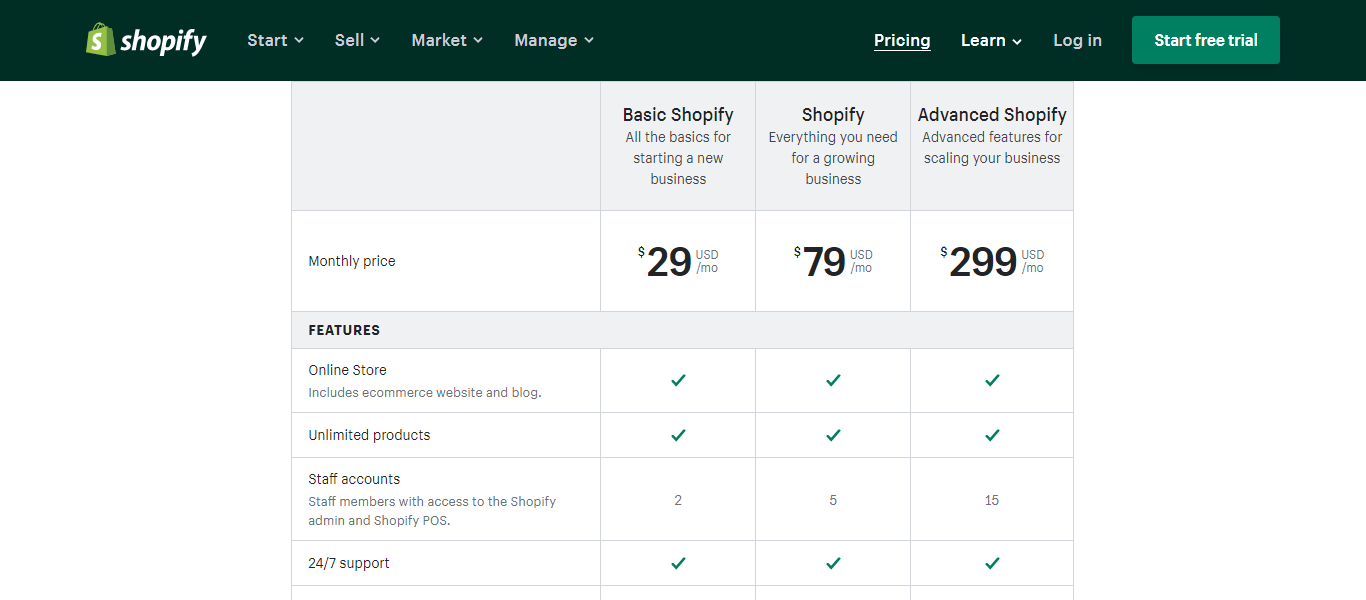
Squarespace Pricing

Shopify vs Squarespace vs Wix: Who Offers The Best Value for Money?
Shopify vs Squarespace vs Wix: Apps and Add-ons
Shopify
Squarespace

Wix

Shopify vs Squarespace vs Wix: Customer Support
Wix
Shopify
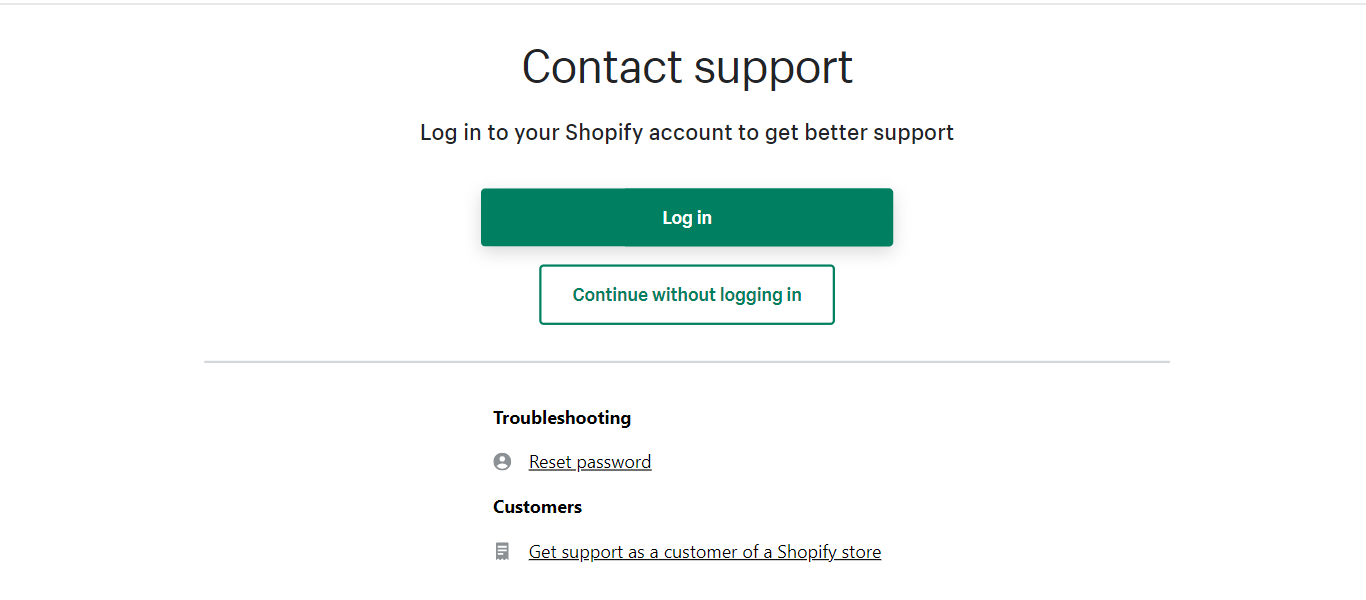
Squarespace
Shopify vs Squarespace vs Wix: SEO
Wix SEO
Shopify SEO

Squarespace SEO
What’s the Best Ecommerce Platform for Your Business?
Shopify vs Squarespace vs Wix: Best for Dropshipping
Shopify
Squarespace
Wix
The Winner: Shopify
Shopify vs Squarespace vs Wix: Best for SEO
The Winner: Shopify
Shopify vs Squarespace vs Wix: Best for Small Businesses
The Winner: Squarespace
Shopify vs Squarespace vs Wix: Best for Retail
The Winner: Shopify
Shopify vs Squarespace vs Wix: Best for Start-Ups
The Winner: Wix
Shopify vs Squarespace vs Wix: Our Final Verdict
Shopify vs Squarespace vs Wix (2023): The Battle of The Website Builders
Which Comes Out On Top?
Get an AI summary of this post on:
If you subscribe to a service from a link on this page, Reeves and Sons Limited may earn a commission. See our ethics statement.
If you’re looking for an ecommerce solution and scratching your head over which one's best for your online store, you’re in the right place.
Runner up:
Our pick:
Best for small business:






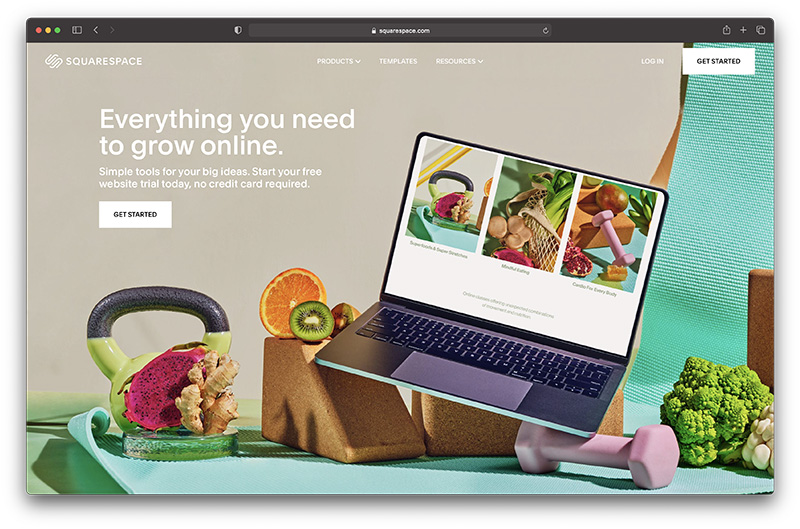

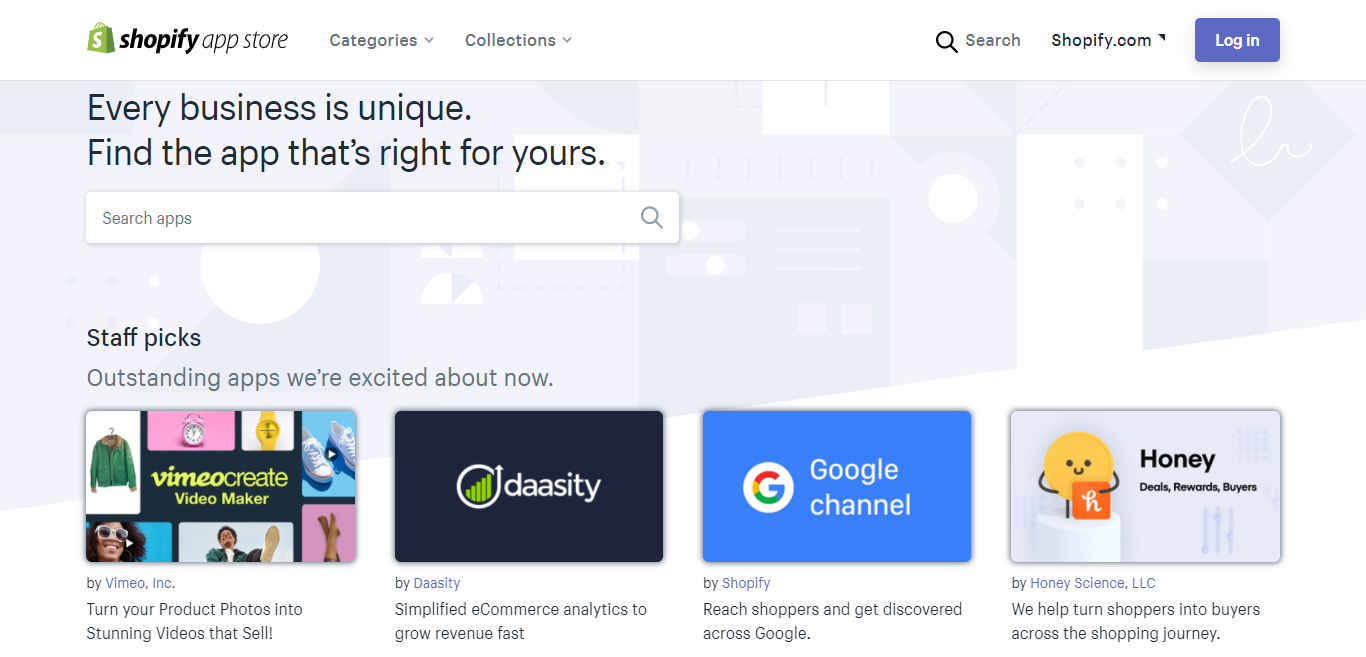
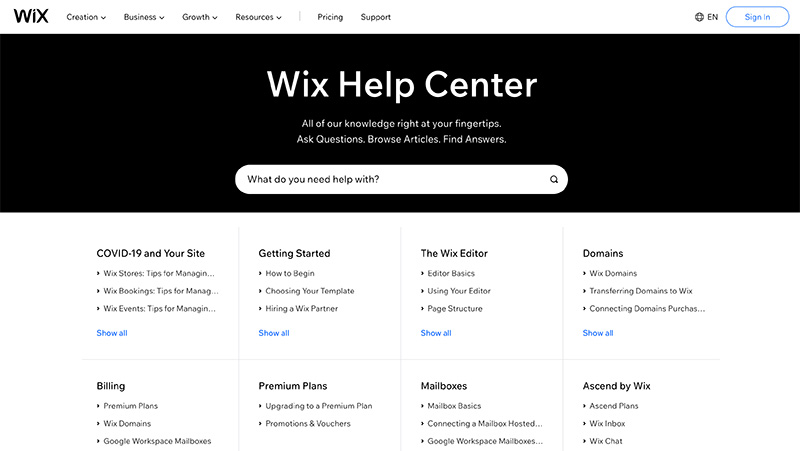
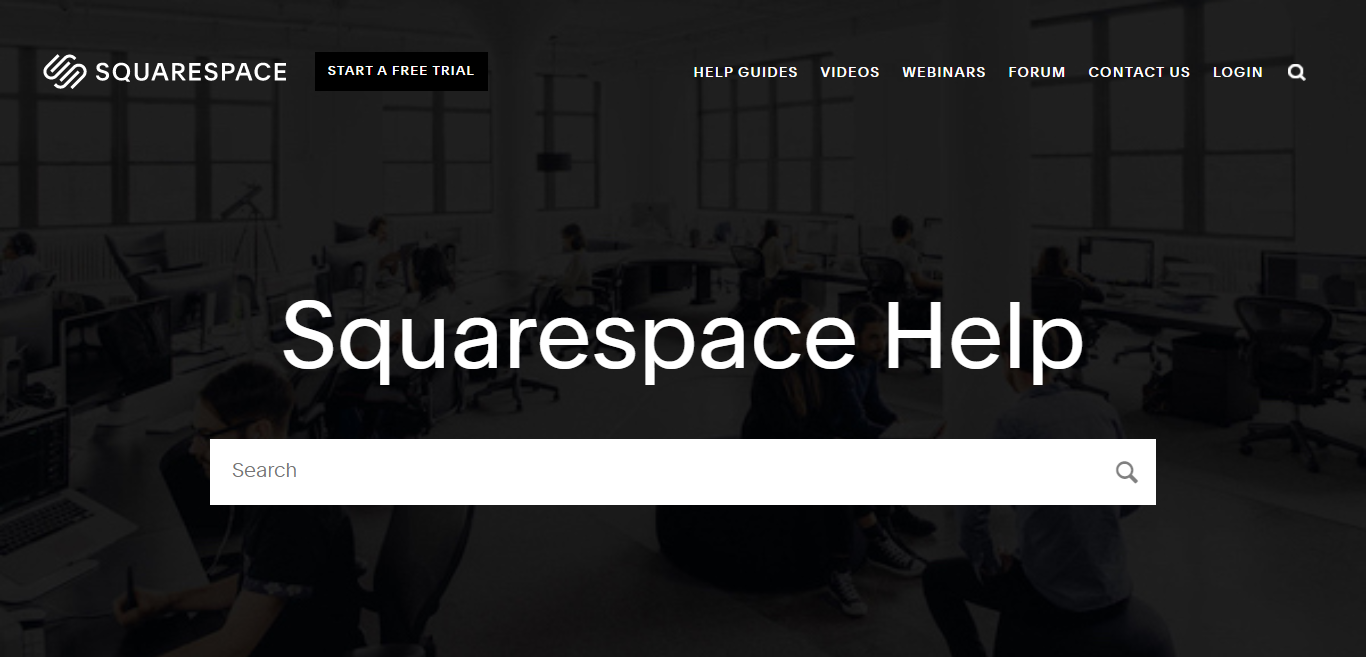








Comments 0 Responses